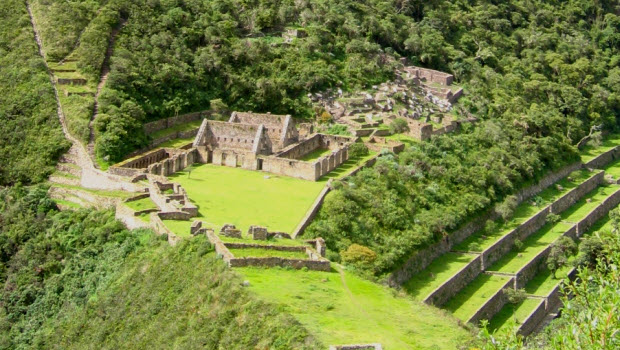
New Abancay airport will offer easy access to Choquequirao
So why is Cusco’s main daily newspaper freaking out?
The construction of a cable car to Choquequirao is a complicated business. Just picture grumpy neighbors who haven’t always gotten along embarking on a common project across their adjoining back yards. So it was sort of bound to happen, an inevitable wrinkle attributable to… in this case, let’s just call it Chutzpah Cusqueña.
The headlines blared today from an above-the-fold, front page editorial in El Diario del Cusco (although it was presented as news):
President of Apurímac still dreams of appropriating Cusco’s property “Tourists will go from Abancay directly to Choquequirao”
The editorial referenced a set of facts:
- The announcement earlier this week that the new airport being built in Abancay in the neighboring region of Apurímac, called “Luz de los Andes” (or “Light of the Andes”) will start running test flights in May.
- The news that Peru’s private investment promotion agency ProInversión on Tuesday launched the tender for the $54.3 million, 22-year concession of the design, construction, equipping and operation of the Choquequirao cable car system.
- The statement by Apurimac’s regional president, Elías Segovia, that the new airport, located less than a half hour from the planned cable car station to Choquequirao, will attract tourists who want to reach the Inca ruins, and offer a much needed economic boost to a historically impoverished backwater of the Andes.
The editorial’s conclusions:
- “The intent is to compete with Cusco for the profits generated from the Inca complex.”
- “The airport project, with an 8,200-foot runway, allowing for the arrival of mid-range airplanes, is located in Soccllaccasa, 20 miles from where they will build the cable car to the Inca city of Choquequirao, which will seal Apurímac’s goal of effectively appropriating the Inca ruins.”
- “Meanwhile, in Cusco, no authority has taken actions in defense of Cusco’s patrimony.”
It was clear in 2011, when the Apurímac regional government first started pushing seriously for a cable car to Machu Picchu’s sister city, that the politics of the project could be just as challenging as the engineering and logistics. Would passengers pay one price for the tram ride and entrance fee to the ruins? If so, who would collect the money and how would the revenue be split between Apurímac and Cusco? The answers to these questions have yet to be worked out. But still, the project has moved forward and last year started to gain traction, as well as some long-overdue public attention.
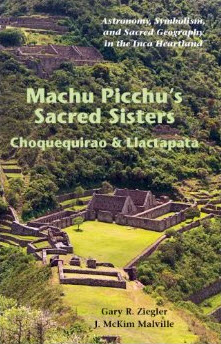
Machu Picchu’s Sacred Sisters – Choquequirao & Llactapata by Gary Ziegler and J. McKim Malville is a highly recommended source of information, both archaeological and as a practical guide, for anyone interested in hiking to Choquequirao.
There are some who believe it a travesty to create open access for visitors to reach the remote royal estate, built during the late 15th century by the Inca ruler Topa Inca Yupanki. As it stands now, the trek in and out of Choquequirao requires an arduous five to seven days. The average number of visitors annually to the site since 2005 is less than 6,000 travelers. With the cable car, the time from the departure station to the arrival station will be an estimated 15 minutes, with a capacity of 400 people per hour. Segovia has been quoted saying the number would be 500,000 visitors per year to start, and top off at up to 2,500 tourists per day (or more than 900,000 a year) by the third year of operation. But the objections posed in today’s newspaper don’t seem to have anything to do with a desire to conserve the remote serenity of Choquequirao. It smacks more of regional rivalry, if not outright greed and envy. Opening up a new southwest tourist corridor to Choquequirao could provide some desperately needed solutions for Cusco. As an alternative to Machu Picchu, Choquequirao hopefully will provide a relief valve for Peru’s iconic Inca citadel, which has seen its visitor totals steadily skyrocket to upwards of a million tourists a year. Creating the new venue to Choquequirao could also usher into vogue the Ayacucho-Andahuaylas-Abancay overland tourist route to Cusco over a newly paved highway, and in so doing introduce the ruins of Wari and the Inca ceremonial complex of Vilcashuamán to the wider world. The editors of Cusco’s main newspaper are wrong to begrudge their neighbors in Apurímac the economic benefits of increased tourism, particularly if it means making Cusco’s larger tourism landscape healthier and more sustainable.
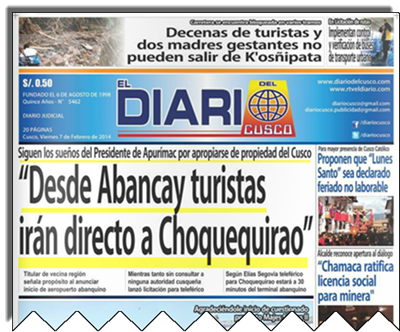
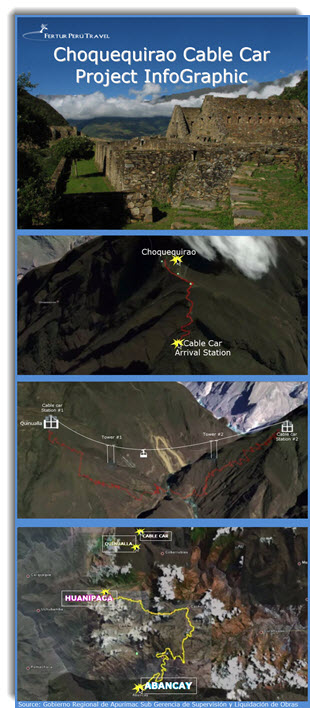
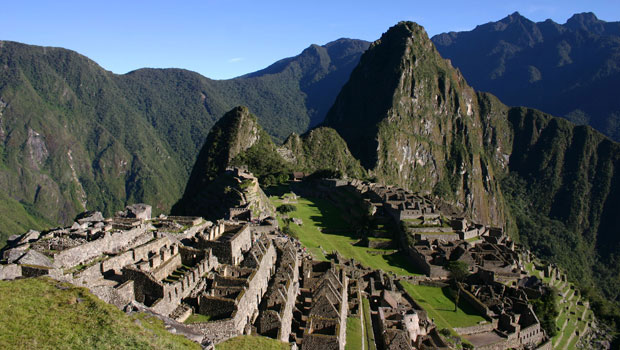 Repairs to Machu Picchu train still on track; Gov’t rejects helicopter service in the interim
Repairs to Machu Picchu train still on track; Gov’t rejects helicopter service in the interim 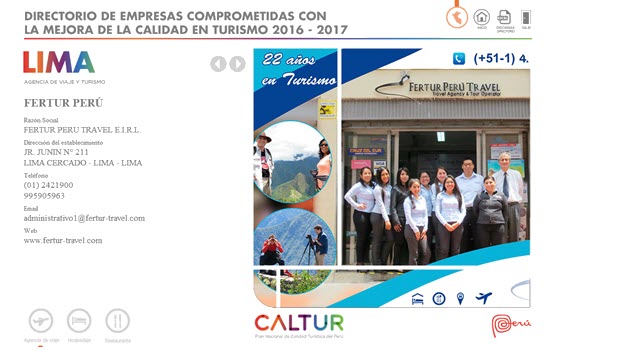 Fertur Peru Travel Again Earns CALTUR Seal of Tourism Quality
Fertur Peru Travel Again Earns CALTUR Seal of Tourism Quality 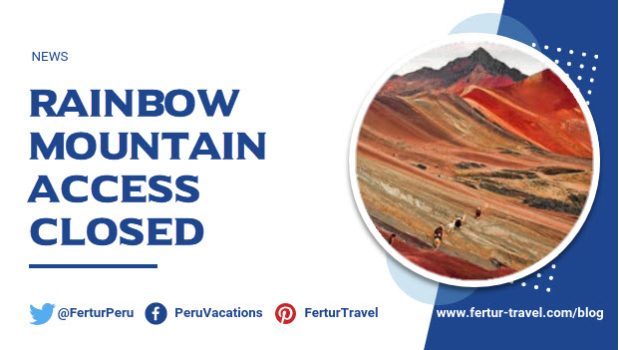 Rainbow Mountain is once again open
Rainbow Mountain is once again open 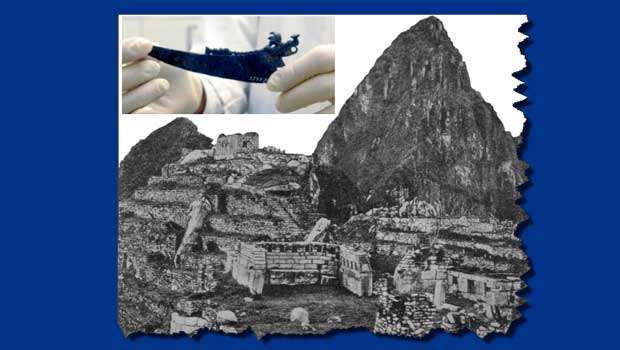 Yale and Cusco university sign deal for return of Machu Picchu artifacts
Yale and Cusco university sign deal for return of Machu Picchu artifacts 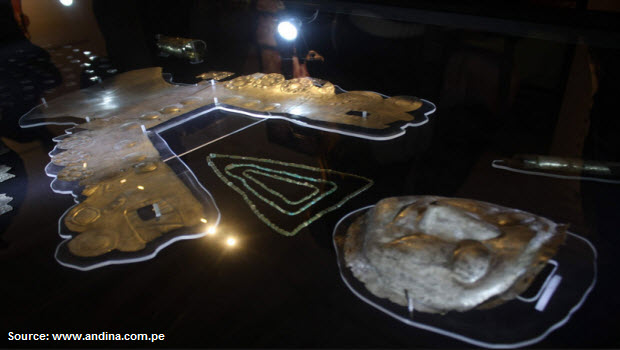 Vilca Lords and the Lord of Wari on exhibit in Cusco
Vilca Lords and the Lord of Wari on exhibit in Cusco 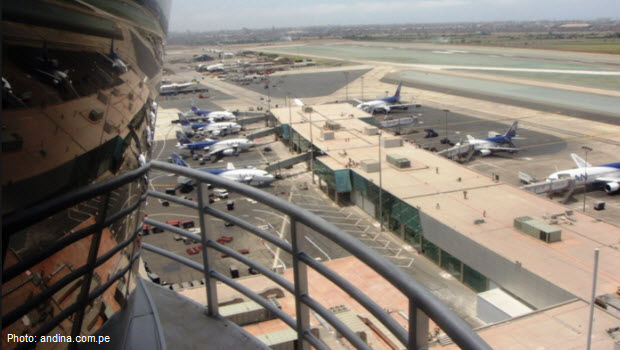 Peru air traffic controllers plan 72-hour walkout
Peru air traffic controllers plan 72-hour walkout 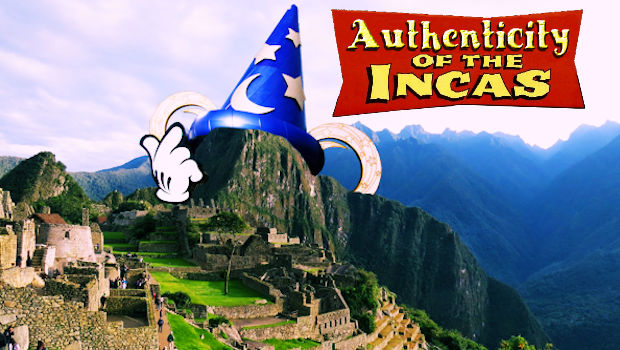 Peru Congressman Proposes the Disneyfication of Cusco
Peru Congressman Proposes the Disneyfication of Cusco 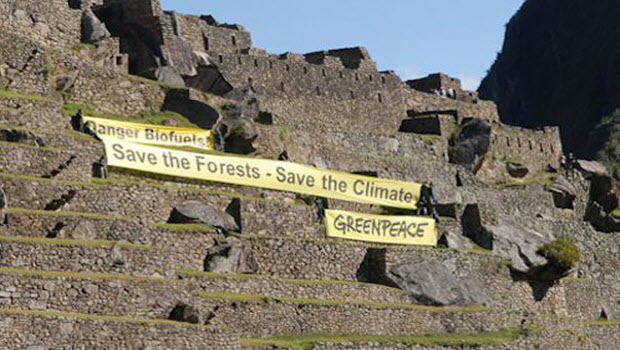 Greenpeace demonstration at Machu Picchu ahead of COP20
Greenpeace demonstration at Machu Picchu ahead of COP20